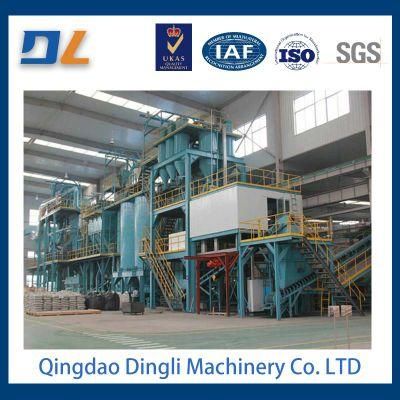
Clay Sand Molding Sand Treatment Equipment
Qingdao Ding Li Machinery Co., Ltd.- After-sales Service:After-Sales Service
- Warranty:One Year Warranty,
- Control Type:PLC
- Customized:Customized
- Condition:New
- Certification:ISO9001
Base Info
- Model NO.:20t,h
- Type:Sand Casting
- Transport Package:Custom
- Trademark:DL
- Origin:China
- HS Code:8474802000
- Production Capacity:500
Description
Basic Info.
Model NO. 20t/h Type Sand Casting Transport Package Custom Trademark DL Origin China HS Code 8474802000 Production Capacity 500Product Description
Qingdao Dingli Machinery Co., Ltd. is located in the beautiful seaside-Qingdao Pingda. the company set research,manufacturing,installationandcommissioning,after-sales service in one. It mainly produces resin sandproductionline,clay sandproductionline,coated sandproductionUne equipment, various sand treatment single machine equipment,etc. The company has advance casting machinerymanufacturinganddevelopmenttechnology,theproductionof products can full meet theinternationaland domestic market demand.The company has excellent design and R&D team, skilledconstructionteam, domestic leadwi casting equipment design concept,perfect after-sales service system, is willing to cooperate with the majority of foundryenterprisesto create a better tomorrow.
In line with the"down-to-earth, integrity-based, focus on service,continuousinnovation"businessphilosophy,throughcontinuousefforts. We use our own efforts and focus on thedevelopmentof a series of perfectprocessingequipment to meet the different needs of users.
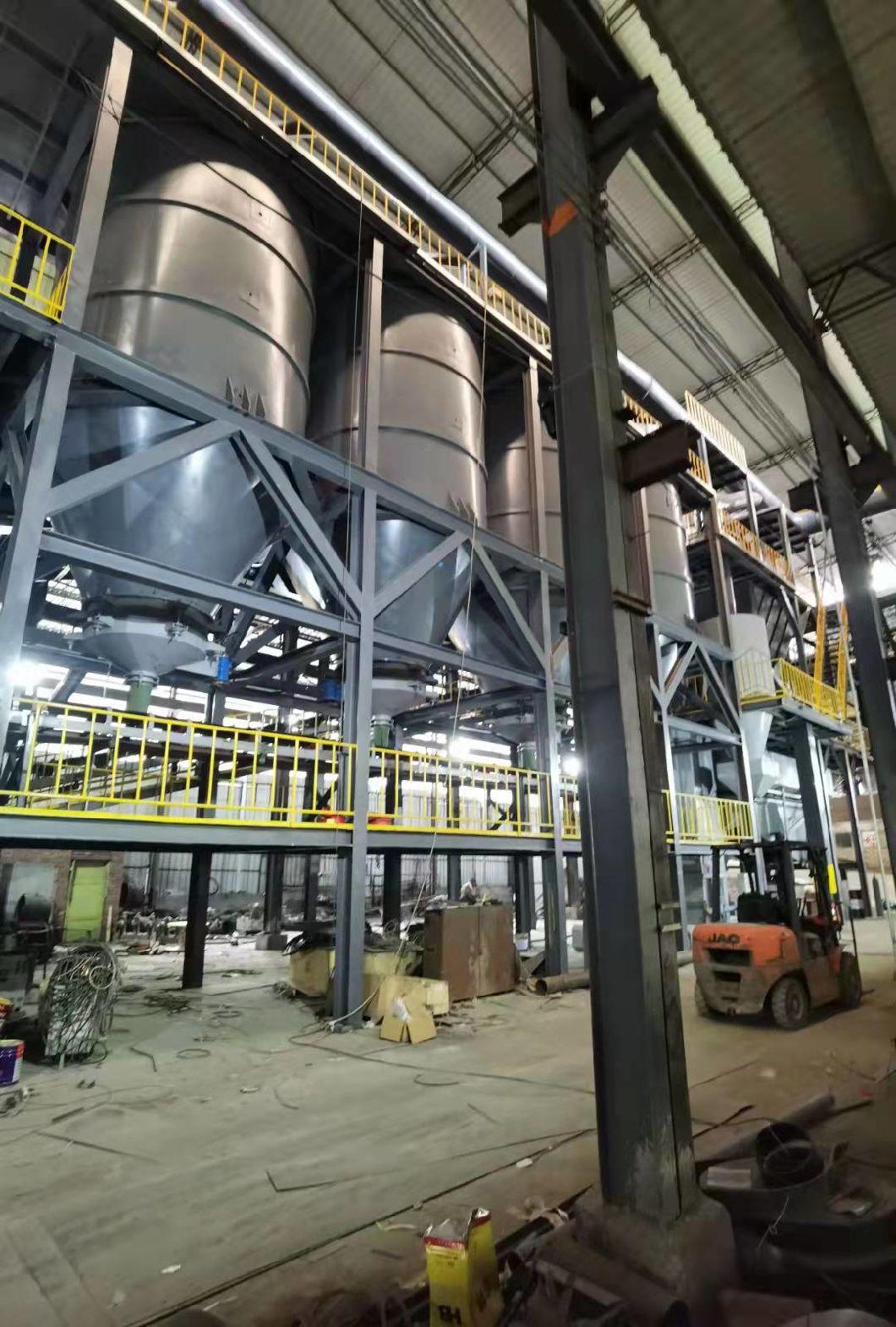
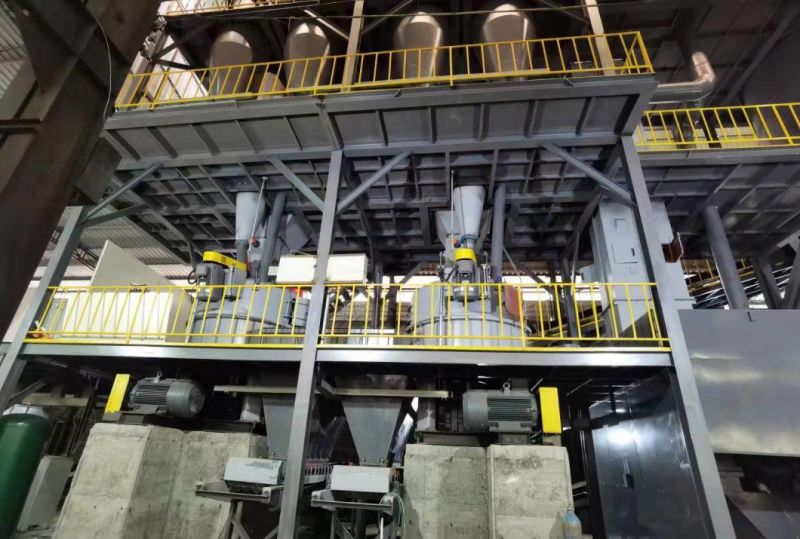
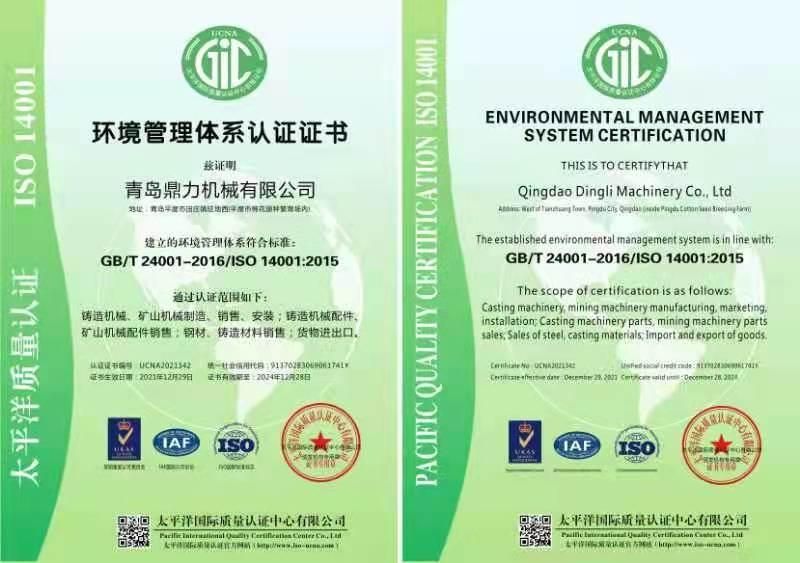
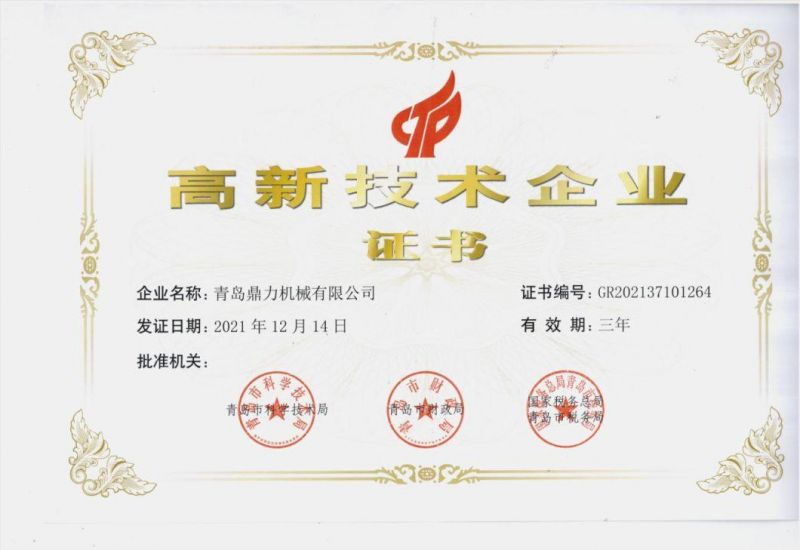
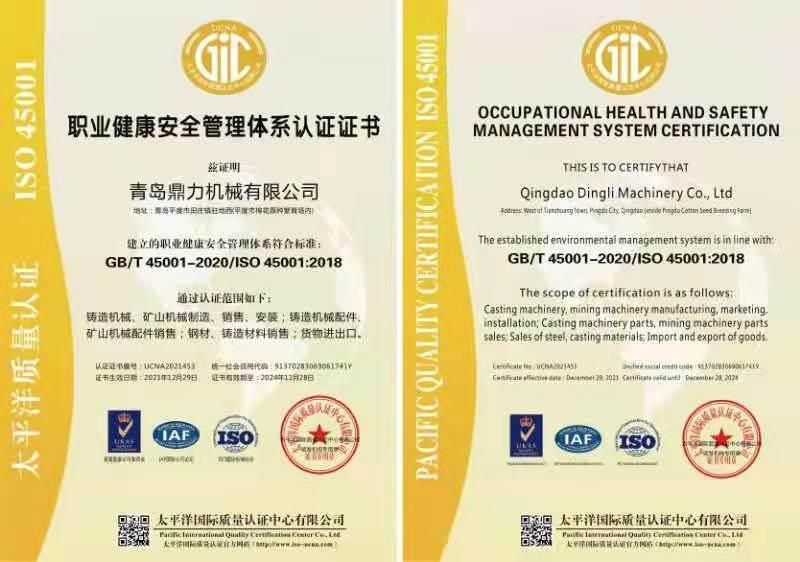
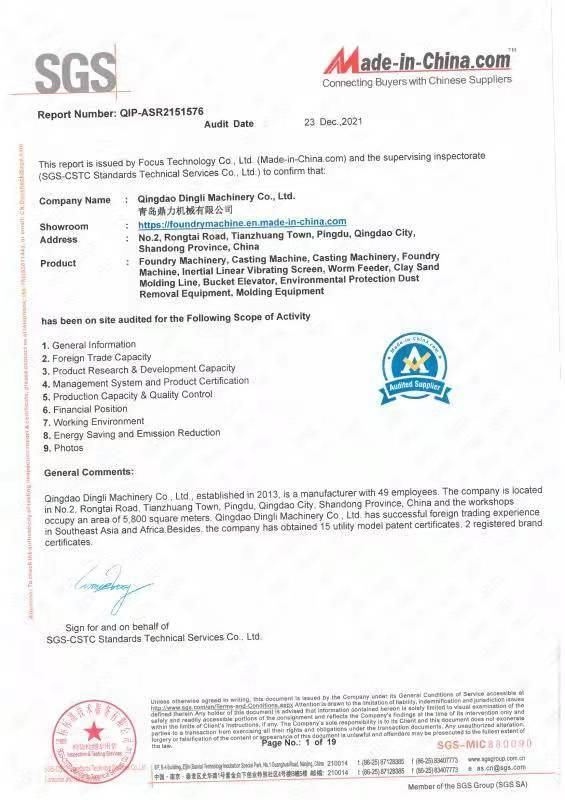
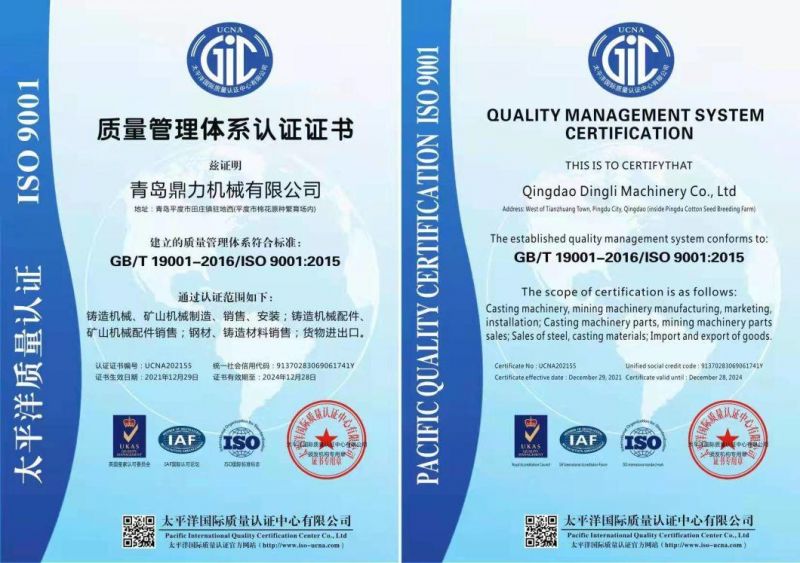
Clay sand casting process, resin sand casting process and sodium silicate sand casting process known as the three sand casting process. Among the three sand casting processes, the castings produced by clay sand casting process exceed the sum of castings produced by resin sand casting process and sodium silicate sand casting process, and become the most commonly used sand casting process.
The clay sand casting process is a casting process which takes clay sand as molding material. Molding sand is made by mixing sand, clay, water and additional materials in a certain proportion. Sand is refractory aggregate, clay (bentonite) as adhesive, and water combined to play a binding role, additional materials used to improve some of the casting process performance of sand.
According to whether the mold is baked or not, the clay sand casting process is divided into clay sand dry mold casting process, clay sand surface dry mold casting process and clay sand wet mold casting process. The molding sand used are dry sand, dry surface sand and wet mold sand respectively.
Clay sand dry casting process generally uses coarse sand, coating to improve the surface quality of casting, molding sand has higher permeability, after drying has higher strength, not easy to produce sand punching, sand sticking, porosity and other casting defects, mainly used for casting medium and large castings. Sand mold used in clay sand dry casting process needs special drying equipment drying, long production cycle, large energy consumption, poor working environment, low casting dimension accuracy, with the wide application of resin sand and sodium silicate sand casting process, clay sand dry casting process has been rarely used in casting production.
The mold used in dry mold casting process of clay sand surface needs to be baked on the cavity surface before pouring to obtain a mold with a certain thickness of dry layer on the cavity surface (15-20mm). The performance of dry sand surface and the preparation of both wet sand and dry sand requirements, the original sand particle size is coarse, commonly used 12/30, 20/40 and 30/50 quartz feldspar sand, activated bentonite as adhesive and add wood chips, sand permeability and wet strength requirements are high, casting surface coating to improve the ability to stick sand. Compared with the clay sand dry casting process, the sand mold with dry sand surface does not need to be dried in the kiln, which can reduce fuel and power consumption, shorten the production cycle, improve the sand falling performance of the casting, sand cleaning is relatively easy, the working environment is better, but the sand performance and process operation requirements are improved. Clay sand surface dry casting process is mainly used for casting medium and large castings, the largest casting can reach more than ten tons of weight, because of the application of resin sand and sodium silicate sand casting process, its application has gradually reduced the trend, only a few enterprises in the application.
Wet clay sand casting process and dry clay sand casting process and compared the clay surface dry sand mold casting process, sand mold can be directly without drying box casting and produce the qualified castings, remove the drying process, save the drying cost, shorten the production cycle, convenience to production organization, and easy to realize the casting of mechanization and automation of production, and mold good shakeout, Less dust in the working process, the environment is improved, the casting surface accuracy and dimensional accuracy is high, the cleaning workload is less, the production cost is reduced. Compared with clay sand dry casting process and clay sand surface dry casting process, clay sand wet casting process also has some shortcomings, mainly manifested in the low strength of the casting mold, poor fluidity of the sand, containing water, gas generation, casting is easy to produce sand holes, pores, sand and other casting defects. Strict quality control of molding sand and management of casting process can effectively solve the problems in clay sand wet casting process.
The main composition of wet clay sand is sand, clay (bentonite), coal powder and water, and a small number of heavy oil, residual oil or starch and other additives. The raw sand is the refractory aggregate of wet clay sand, mainly quartz sand or quartz feldspar sand, with particle size of 50/100, 70/140 or 100/200. The original sand with finer particle size is used for castings with smaller quality and size, and the original sand with coarser particle size is used for castings with larger quality and size, so as to ensure that the surface of the casting is smooth and clean. In order to improve the wet strength of molding sand and enhance the ability of resisting sand clamping, sand sticking and veining defects, the original sand with two particle sizes can also be mixed. Bentonite is mostly an adhesive of wet sand, which plays a bonding role in combination with water. Bentonite is adhesive and plastic after wetting with water, so it has good reuse. However, if bentonite is baked at high temperature and loses crystal water, it will not be able to recover its adhesive property when it encounters water again. At this time, bentonite is no longer an adhesive, but called mud. Coal powder is an indispensable additional material in the production of sand cast iron, which can prevent sand sticking on the surface of castings, inhibit the occurrence of dilatancy defects, reduce porosity defects and improve the surface quality of castings.
Action of coal Powder in Clay Wet Molding Sand (Cast iron)
Adding coal powder into clay wet molding sand has four main functions in casting forming process: after molten iron is injected into sand mold, the coal powder in molding sand is decomposed by heat, and the reducing gas released can prevent liquid iron oxygenation and FeO formation on the surface of casting, which plays a very important role in preventing the defect of viscous sand;
After the liquid iron is filled with the cavity, the atmosphere in the mold is reducing atmosphere. Under this condition, the hydrocarbon gas precipitated out of coal will condense on the surface of the casting, forming a bright carbon film, which can prevent sand sticking and make the casting outline clear; Near the metal-casting interface, the coal powder in the molding sand is heated and coking reaction occurs, softening and volume contraction, and then expansion. The softening temperature of coal powder is roughly the same as the phase change expansion temperature of quartz, which can allow the expansion of sand particles. Therefore, the expansion defects such as sand and rat tail can be prevented and the stability of casting size can be improved.
Coal coking volume expansion, can fill the casting surface layer sand between the gap, so that molten iron and the generation of fusible silicate is difficult to penetrate, so as to improve the surface quality of the casting. At the same time, a certain distance away from the casting surface can still maintain the due air permeability
| The name of the | Production capacity (t/h) |
| Clay sand production line | 20 |
